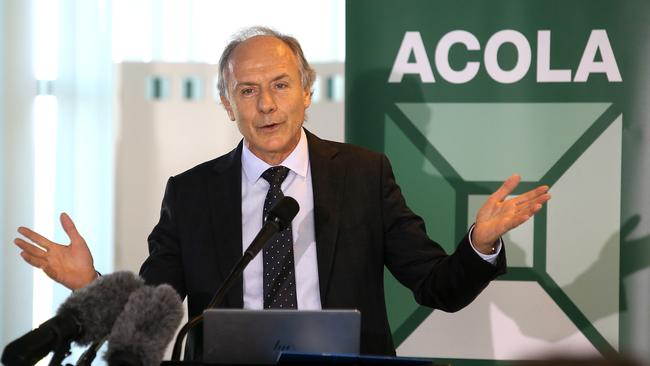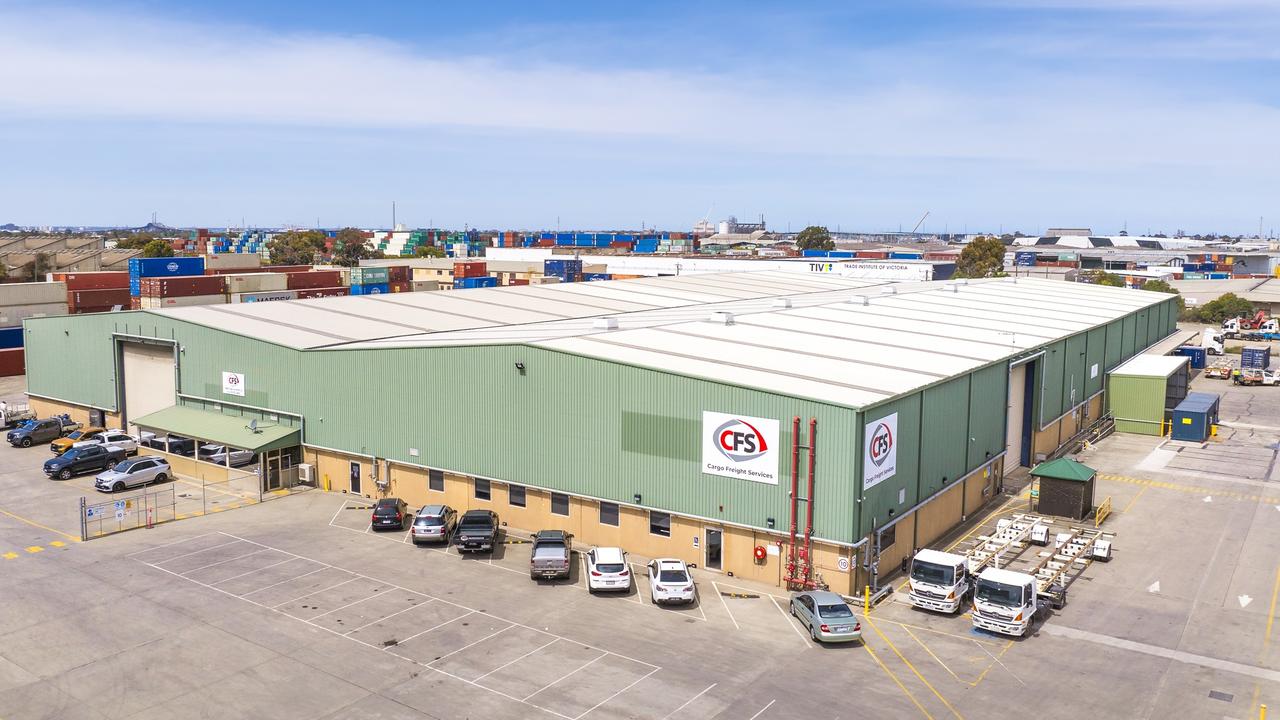Hydrogen fuels renewables push

In some ways it’s a good problem to have: all renewable energy targets will be met easily and so will (probably, eventually) the Paris emission reduction target, with no need for government policy to do anything, which is just as well since government policy is not doing anything.
According to independent research house Rystad Energy, the total pipeline of Australian renewable projects now stands at 133GW, which would be well over double the entire existing national capacity. A total of 39.4GW has already been added year to date, 54 per cent of which is large-scale solar. As a result, renewable energy has contributed 22 per cent of Australia’s total electricity needs so far this year.
“Coal-fired generation could be extinct by 2040,” says Rystad.
The problem is that the grid isn’t ready for that yet and battery and hydro storage to iron out the intermittency of that much solar and wind is lagging the development of generation. It will happen, but it could be later than the generation.
Which is one reason why COAG is likely to build a new hydrogen export industry to use the excess renewable electricity and replace coal exports if necessary.
Senior analyst with Rystad, David Dixon, says: “Exports will drive Australia’s renewables’ share of the energy mix closer to 500 per cent than 50 per cent thanks to the rising number of large-scale projects fuelling hydrogen generation.
“This year has seen an increased number of mega renewable projects in Australia, and we expect this trend to continue as state and national hydrogen strategies are forming.”
In fact there is an incredible amount of work going on at the moment at both state and federal level to develop an export hydrogen industry.
As an aside, it’s quite interesting that Coalition ministers who are normally opposed to renewable energy and sceptical about climate change are enthusiastic about hydrogen. Like Snowy 2.0, it appears to be a form of renewable energy they can get right behind.
Last month the Minister for Resources and Northern Australia, Matthew Canavan, and Energy Minister Angus Taylor, men who are usually only interested in reducing electricity prices, released a report by Geosciences Australia that they said would “put hydrogen production on the map”.
“We have the resources, know-how, infrastructure and research base to produce and supply clean hydrogen to the world, and this report shows every Australian state and territory has regions with excellent prospects for hydrogen production,” Canavan proclaimed.
The main project under way is a “National Hydrogen Strategy” developed by Chief Scientist Alan Finkel. It was commissioned by the Council of Australian Governments last year after Finkel gave a presentation to ministers and fired them up, and he is due to present his findings at the next COAG meeting next month.
This may be the first truly proactive industry development plan in living memory; most government industry plans are either aimed at killing industries, or do it by accident, but this is the first time that Australia’s governments are all working together to create a new national export industry from scratch.
What’s more, the ambitions are big — to make Australia the world’s biggest producer and exporter of hydrogen.
Essentially, hydrogen is a way to export solar energy — that is, sunshine, a resource that Australia has plenty of, more of that than iron ore, coal and LNG. It is made by passing an electric current through water — electrolysis — and it requires a lot of electricity. The reason it’s a renewable energy source is that using coal-fired electricity would be too expensive and pointless — it must be low-cost surplus solar or wind power.
It’s expected that hydrogen will replace diesel in long-haul transport — trucks, trains and ships — while lithium-ion batteries replace unleaded petrol in cars.
Hydrogen is not burned like petrol and diesel: it is used as a feedstock for fuel cells that produce electricity that then drive electric motors, in place of batteries. As with batteries, the electricity comes from a chemical reaction, in this case from the hydrogen combining with oxygen to produce water. You can apparently drink the exhaust.
The work of Finkel, and the COAG Hydrogen Working Group he’s leading, is only one of a number of state and federal projects going on.
Queensland, Western Australia and South Australia have all announced and funded hydrogen strategies and the Australian Renewable Energy Agency (ARENA) is funding at least nine hydrogen projects, including a left-field one in Perth by ASX-listed Hazer Group to produce hydrogen plus graphite from waste methane.
Meanwhile, Fortescue Metals Group is working with the CSIRO on a process for shipping hydrogen as ammonia: instead of liquefying the hydrogen directly like LNG, the idea is that nitrogen is added to it to create NH3 (ammonia), which requires much less energy to liquefy for transportation. The nitrogen is then removed at the other end.
The Fortescue plan is to build a hydrogen factory in the Kimberley using the abundant water that’s there plus the even more abundant sunshine for electricity, and use it to replace the diesel fuel in its mines as well as export it as ammonia, as a new product line on top of iron ore.
But all of those wanting to be involved in the nascent Australian hydrogen industry are waiting to see what Finkel and the Hydrogen Working Group come up with, and whether they can persuade Australia’s governments, and in particular the federal Coalition, to actively support the creation of a new industry, and if so what that might involve.
It will be fascinating, and more than a bit exciting, to watch.
Alan Kohler is editor in chief of InvestSMART.com.au



With renewable energy now beginning to overwhelm the Australian electricity grid, the race is on to find something useful to do with it, rather than simply drive all coal generation out of business, although that’s going to happen anyway.